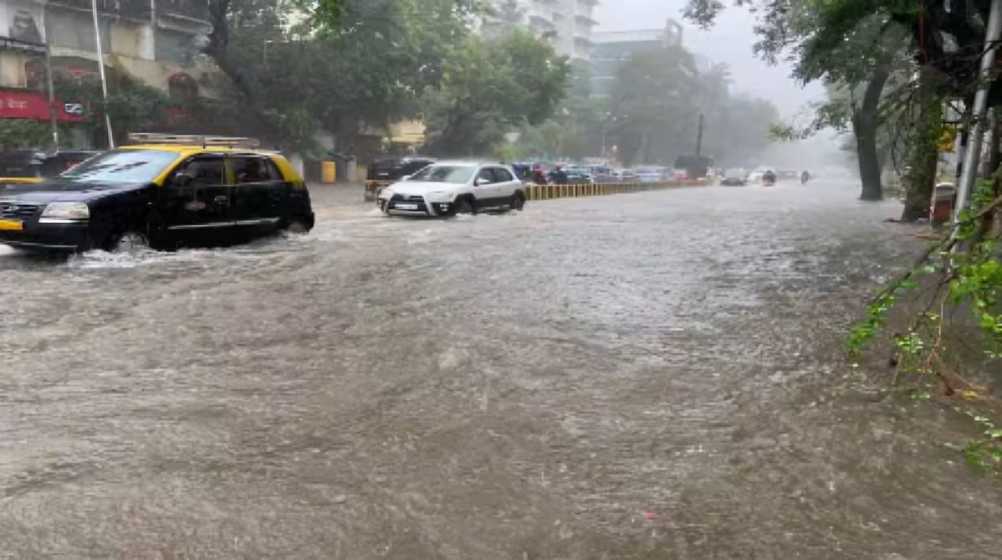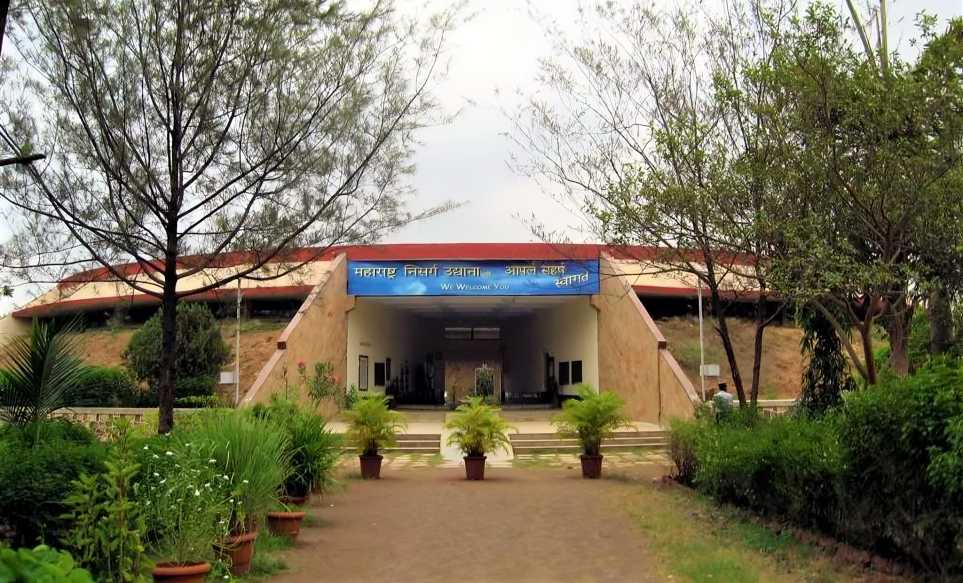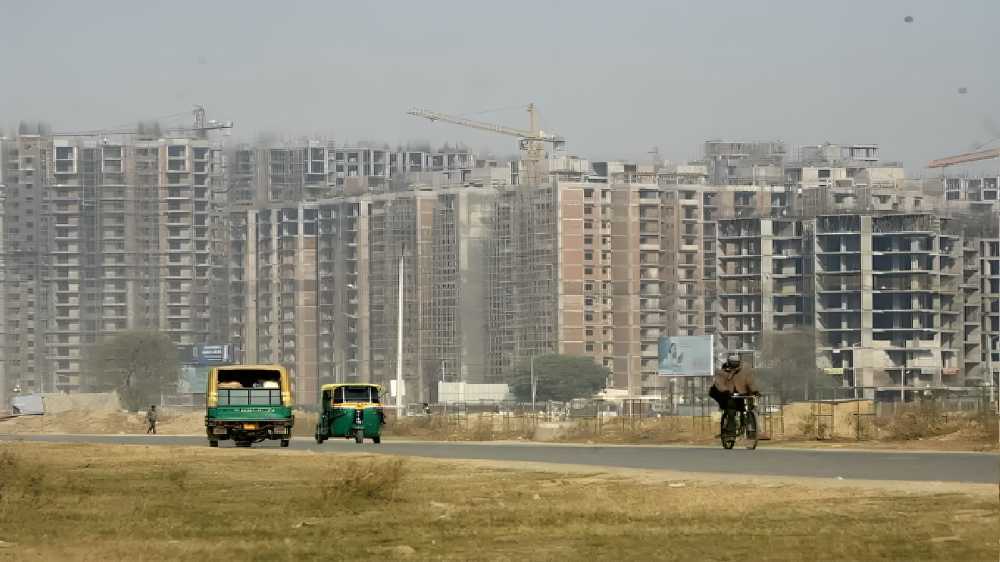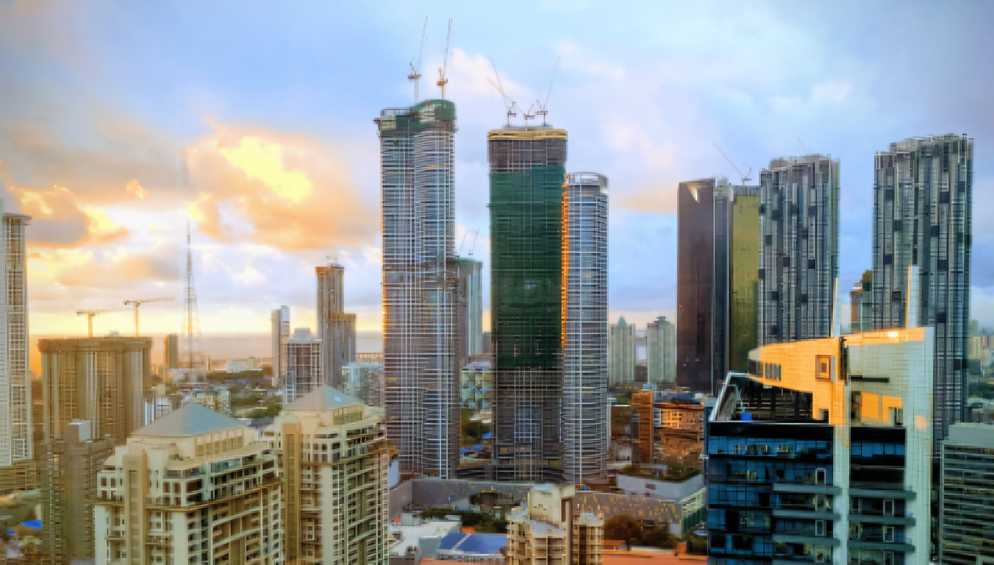Sidhant Shekhar Jha
November 15, 2025: Mumbai’s real estate sector is under increasing pressure from flood risks that threaten both property and investment value. According to the Brihanmumbai Municipal Corporation’s (BMC) 2024–25 climate budget report, nearly 35% of the city’s population lives within 250 metres of over 100 flood-prone zones. With climate change intensifying rainfall and flooding, the city faces a mounting challenge to protect its infrastructure and residents.
The BMC has recognised the urgency and has dedicated Rs 10,224.24 crore, which is more than one-third of its capital budget, to climate-related projects, including flood mitigation. Despite these efforts, the reality is that traditional infrastructure upgrades alone may not be enough. Rising insurance premiums, increasing maintenance costs, and greater awareness among homebuyers are forcing developers to rethink their approach. Landscape architecture, once seen as merely aesthetic, is now emerging as a vital investment in resilience.
Experts point to Mumbai’s outdated urban planning and poorly integrated drainage systems as key drivers of the flood risk. Dutch landscape architect Adriaan Geuze highlights how neglecting natural water flows and reclaimed land worsens flooding. “When you elevate water infrastructure into green infrastructure, as Madrid did by transforming its river corridor, embedding parks and public space, you don’t just manage floods, you increase land value and community resilience,” he said. He encourages developers to transform drainage channels and nallahs into designed green spaces rather than leaving them as neglected plots.
Echoing this, urban ecologist Dr. Anju John warns of hidden financial consequences when ecological planning is ignored. “Real-estate projects that fail to integrate watershed design or basin functions are carrying hidden liabilities,” she said. These liabilities manifest as higher maintenance costs, increased insurance premiums, and reduced buyer interest as climate risks become more apparent. With monsoon patterns becoming more severe, she stresses that ignoring watershed planning could undermine the sustainability of real estate investments.
However, these challenges also present opportunities. Landscape architect Shivali Lalbige explains how integrating natural elements such as wetlands, quarries, and river corridors into a connected green-blue network offers multiple benefits. “These spaces offer microclimate cooling, better storm-water management, and a compelling value proposition for buyers,” she said. Reflecting this trend, Mumbai properties that incorporate resilience features such as advanced drainage and green infrastructure are increasingly able to command premium prices.
Supporting these concerns, BMC data shows an increase in intense rainfall events with Mumbai experiencing an average of 16 days per year with rainfall exceeding 100 mm, rising to 21 days in 2024. The average intensity of these events jumped from 131 mm between 2014 and 2018 to 182 mm since 2019. The BMC is upgrading storm-water drainage systems to handle up to 120 mm per hour, which is more than twice the previous capacity, but experts argue this must be complemented by developer-led landscape solutions for effective flood risk mitigation.
For Mumbai’s real estate sector, the conclusion is clear. Embedding ecological resilience from the design stage is no longer optional. As Geuze puts it, “Design-led development is not just about sustainability, it’s about long-term survival in a changing climate.” Projects that integrate smart landscape architecture are best positioned to manage risks, protect investments, and appeal to increasingly climate-aware buyers.





